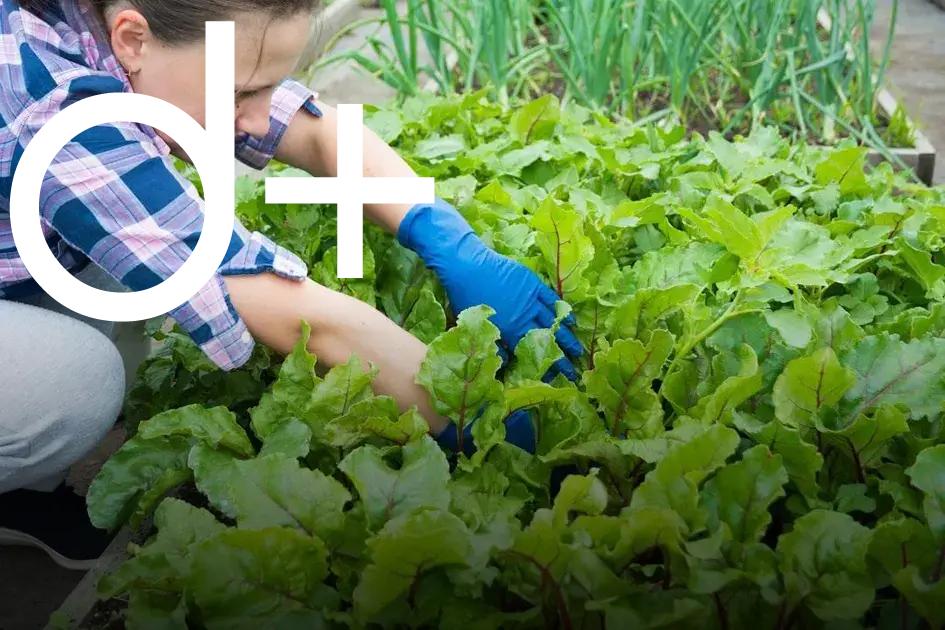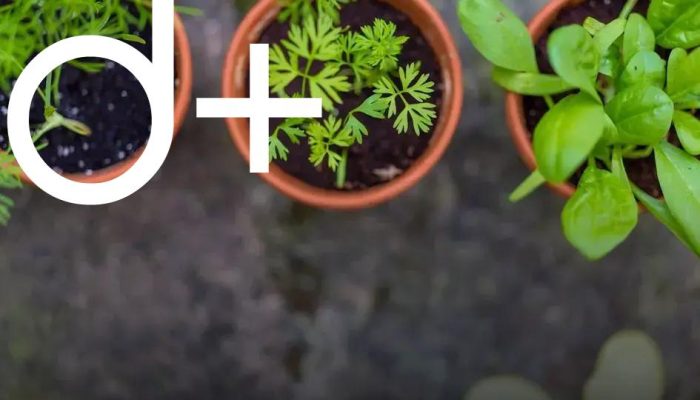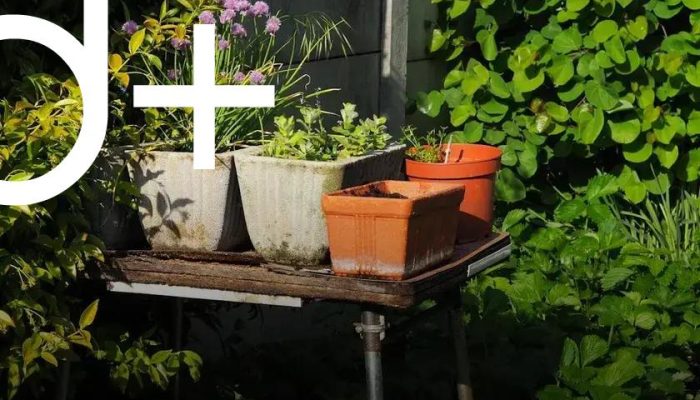Gardening success begins with understanding the diverse soil types found in your backyard. Recognizing the characteristics of various soils helps in tailoring specific strategies to enhance their fertility and productivity. Whether you’re dealing with sandy, clay, or loamy soils, each type demands unique approaches for improvement. With this knowledge, you can provide the best conditions for plant growth. Explore essential tips to improve your soil quality based on your understanding of its type and learn sustainable techniques to maintain it over time.
1. Identifying Common Soil Types
Soil plays a crucial role in the health and success of your garden. Different soil types have unique characteristics and require specific care. Understanding the common soil types will help you make informed decisions about managing your garden’s soil effectively.
Clay soil is dense and heavy. It’s known for retaining moisture, often leading to poor drainage. While challenging to work with, it is nutrient-rich. To improve clay soil, consider adding organic matter, like compost, to enhance its texture and promote better water movement.
Sandy soil, on the other hand, drains quickly due to its larger particles. This type of soil warms up quickly in the spring, making it suitable for early planting. However, it does not hold nutrients well, so regular fertilization is essential.
Silty soil has smaller particles than sandy soil, which helps it retain moisture better. It’s smooth to the touch and feels somewhat slippery when wet. Silty soil is fertile, but like clay, it can become compacted. Improvers like organic matter help maintain its structure.
Loam soil is considered the ideal type for gardening. It’s a balanced mixture of sand, silt, and clay, offering excellent drainage and nutrient retention. Loam is easy to work with and supports a wide variety of plants. Enhancing its fertility is as simple as adding organic matter.
Peaty soil is dark, dense, and usually peaty in odor. It’s rarely found in certain climates naturally but can be beneficial due to its organic content and moisture retention capabilities. When using peat soil, be mindful of its acidity; you may need to adjust pH levels depending on the plants you wish to grow.
Chalky soil is alkaline and often stony, providing unique growing conditions. It tends to drain quickly and can be nutrient-poor, making frequent fertilization necessary. Some plants are well-suited to chalky conditions, allowing for specialized gardens.
By observing and understanding these soil types, gardeners can tailor their soil management practices to improve plant health and growth. Employing the right amendments will ensure your garden thrives.
2. Assessing Soil Quality

To improve your garden, assessing soil quality is a crucial step. This process involves understanding various physical and chemical properties of the soil. Start by examining the soil texture. Soil contains different proportions of sand, silt, and clay, making up its texture. Knowing the type of soil texture helps determine how well it can retain nutrients and water. You can perform a simple test by moistening a small amount of soil and trying to form a ribbon. Clay soils form long ribbons, while sandy soils fall apart quickly.
Soil pH Levels
A vital factor in assessing soil quality is the soil pH level. This affects nutrient availability to plants. Most garden plants prefer a pH between 6 and 7. You can test soil pH using a home testing kit or sending a sample to a laboratory. Adjust soil pH by adding lime to raise it or sulfur to lower it based on your plant’s needs.
Soil Drainage
Another important aspect is checking soil drainage. Poorly drained soils tend to retain excess water, leading to root rot. Dig a hole about 12 inches deep and fill it with water. Observe how long it takes for water to drain. If it takes more than four hours, consider improving drainage by adding organic matter or creating raised beds.
Evaluating the soil’s fertility is also essential. Test the levels of key nutrients such as nitrogen, phosphorus, and potassium. You can foster a more fertile environment with the appropriate soil amendments.
Assessing soil quality is about understanding these components and tailoring improvements to ensure your garden thrives. By taking the time to examine soil texture, pH levels, drainage, and fertility, you can create a strong foundation for healthy plant growth.
3. Nutrient Needs of Different Soils
The nutrient needs of soils vary greatly and understanding these differences is essential for effective garden management. Soils can have different levels of essential nutrients like nitrogen, phosphorus, and potassium. Loamy soils, for instance, often provide a good balance of nutrients and are well-suited for many types of plants. However, sandy soils tend to have low nutrient retention, requiring more frequent fertilization. In contrast, clay soils may hold onto nutrients strongly, making them less available to plants unless the soil structure is improved. Organic matter plays a significant role in enhancing nutrient availability across all soil types. Adding compost or well-decomposed manure can boost the nutrient profile of your soil significantly.
To determine specific nutrient needs, it’s beneficial to conduct a soil test. Testing helps identify deficiencies in your soil’s nutrient composition, allowing for precise amendments. Remember, each type of plant may require different nutrient levels; thus, knowing your plant’s requirements is vital. Using balanced fertilizers can aid in maintaining the recommended nutrient ratios. Careful monitoring and understanding of the distinct nutrient needs of different soils will lead to healthier plants and a more vibrant garden.
4. Improving Soil Structure and Fertility

Enhancing the structure and fertility of soil is crucial for any thriving garden. Good soil structure enables proper root growth and helps regulate air and water movement within the soil. To improve soil structure effectively, consider the following strategies:
- Incorporate Organic Matter: Adding organic matter, such as compost, aged manure, or peat moss, can significantly improve soil integrity. These materials help bind soil particles together, improving texture and nutrient content.
- Avoid Compaction: Walking or working on wet soil can lead to compaction, reducing aeration. Ensure that pathways are in place to prevent this and use raised beds if necessary.
- Utilize Cover Crops: Planting cover crops, like clover or vetch, adds organic matter back to the soil and promotes soil fertility. These crops also prevent erosion and preserve essential nutrients during off-seasons.
- Test Soil pH: Soil pH affects nutrient availability. Amend the soil with lime to raise pH or sulfur to lower it, aiming for a balance that suits your plants’ requirements.
- Apply Mulch: A layer of mulch helps retain moisture, regulates temperature, and adds to the organic matter as it breaks down. Choose natural mulches like wood chips or straw for added benefits.
Implementing these practices will not only enhance the fertility of your soil but also improve its structure, creating the perfect foundation for a flourishing garden.
5. Sustainable Soil Management Practices
One way to ensure a flourishing garden is by implementing sustainable soil management practices. These practices not only promote healthy plant growth but also preserve soil health for future use.
Crop Rotation is an effective method to maintain soil fertility. By alternating the types of crops grown in a particular area each year, you can balance soil nutrients and reduce pest buildup. Rotating crops such as legumes can add nitrogen back into the soil, enhancing fertility naturally.
Cover Crops are another valuable tool. Planting cover crops like clover or vetch in between main growing seasons can protect soil from erosion, suppress weeds, and improve soil structure. These plants also contribute organic matter to the soil when they decompose.
Avoiding Soil Compaction is crucial for maintaining soil health. Limit heavy machinery use and foot traffic in gardens as much as possible, especially in wet conditions, to keep the soil from becoming compacted. Compacted soil can limit root growth and reduce water infiltration.
Incorporate Organic Amendments regularly into your soil. Materials such as compost, manure, and decomposed leaves can improve soil texture and provide essential nutrients. This not only supports plant health but also enhances the soil’s ability to retain water.
Minimize Tillage to preserve soil structure and prevent erosion. Reduced tillage helps maintain a layer of organic material on the soil surface, protecting it from wind and water erosion while promoting microbial activity.
These sustainable practices, when implemented consistently, can significantly enhance soil health, ensuring a vibrant and yielding garden while promoting environmental conservation.







![BANNER 1 - HOME [QUADRADO]](https://dailyfindinvestment.com/wp-content/uploads/2025/01/BANNER-300-X-300.gif)
